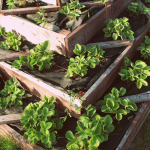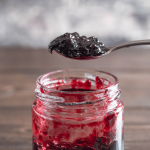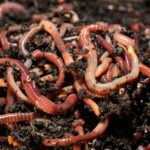Which Vegetables To Plant In Hugelkultur Beds?
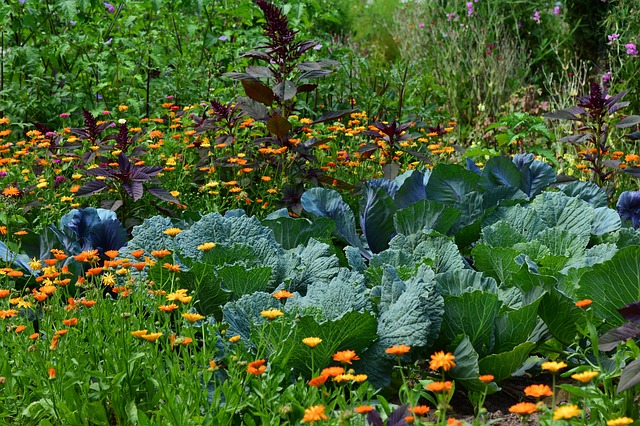
Selecting the right vegetables to plant in hugelkultur beds can be as simple or as complex as you make it. For the adventurous gardener, it can be an exciting opportunity to experiment and learn from both successes and failures. While taking risks can be rewarding, it’s essential to make informed decisions and not leave everything up to chance.
When it comes to choosing vegetables for hugelkultur beds, there are two primary considerations to keep in mind:
- What is the level of maintenance required for these vegetables?
- Are hugelkultur beds suitable for growing these vegetables?
TL:DR answer
In summary, the ideal vegetables for hugelkultur beds are perennials and those that are harvested above the soil.
Vegetables can be categorized in various ways, such as:
- The type and duration of their growth
- The climate in which they thrive
- The level of difficulty in growing them
- Their companion plants
- Potential pests in your region
- Personal taste preferences
It may seem obvious, but it’s essential to grow vegetables that you and your family enjoy eating. For me, that means I should grow a lot of corn, and ban celery. My success rate with corn is currently 0%. Although this sounds terrible, I’m not going to give up.
As for celery, I’m quite lucky that no one in the family really cares much for it, so it’s never been suggested….
The problematic middle part of a hugelkultur mound
In the center of a hugelkultur mound, the soil will shrink over time.
While this may not be an issue for annual plants, it can pose a problem for perennials, especially trees, as they typically do not tolerate the air pockets that may form beneath them if planted on top of the mound. Asparagus may also be problematic, as it can grow for many years and may suffer if the soil beneath it erodes.
Understanding Annuals, Biennials, and Perennials
Before delving into which vegetables are best suited for hugelkultur, let’s first define annuals, biennials, and perennials:
Now, let’s examine the primary types of vegetables and determine if hugelkultur is a suitable method for growing them.
Annuals, Biennials, and Perennials in a Hugelkultur Bed
Understanding the differences between annuals, biennials, and perennials is crucial for selecting the right vegetables to plant in a hugelkultur bed. Let’s explore each category in more detail:
Annual Plants
Annual plants complete their life cycle, from seed to death, within a single year (or a maximum of 12 months). They sprout, blossom, and die within this timeframe. Annuals can provide quick, seasonal bursts of color and growth in your garden. However, they typically require replanting each year. A popular example of an annual plant is corn.
In a hugelkultur bed, annuals can be a good choice as they won’t be negatively affected by the shrinking soil over time. They’re usually low-maintenance and can add variety to your garden each year.
Biennial Plants
Biennial plants take two years to complete their life cycle. They sprout and grow during the first year, survive through one winter, and then grow more, blossom, and die in the second year. Biennials are the least common type of plant in terms of life cycle. A notable example of a biennial plant is the carrot, which is ready to eat during the first year, but only produces seeds in the second year.
In a hugelkultur bed, biennials can also be a suitable choice. While they may require a bit more attention due to their two-year life cycle, they generally don’t face major issues related to soil shrinkage.
Perennial Plants
Perennial plants live for more than two years. This category includes many plants, such as trees and herbaceous plants. Perennials return year after year, making them a low-maintenance, long-lasting addition to your garden. A well-known example of a perennial plant is asparagus.
In a hugelkultur bed, some perennials can be more challenging to grow due to the shrinking soil over time. However, not all perennials face this issue, and some can thrive in hugelkultur beds, particularly those that don’t have deep root systems or don’t mind air pockets.
In conclusion, annuals and some biennials, and perennials can be successfully grown in hugelkultur beds. When selecting vegetables for your garden, consider their life cycles and the specific conditions of your hugelkultur mound to ensure a successful and sustainable harvest.
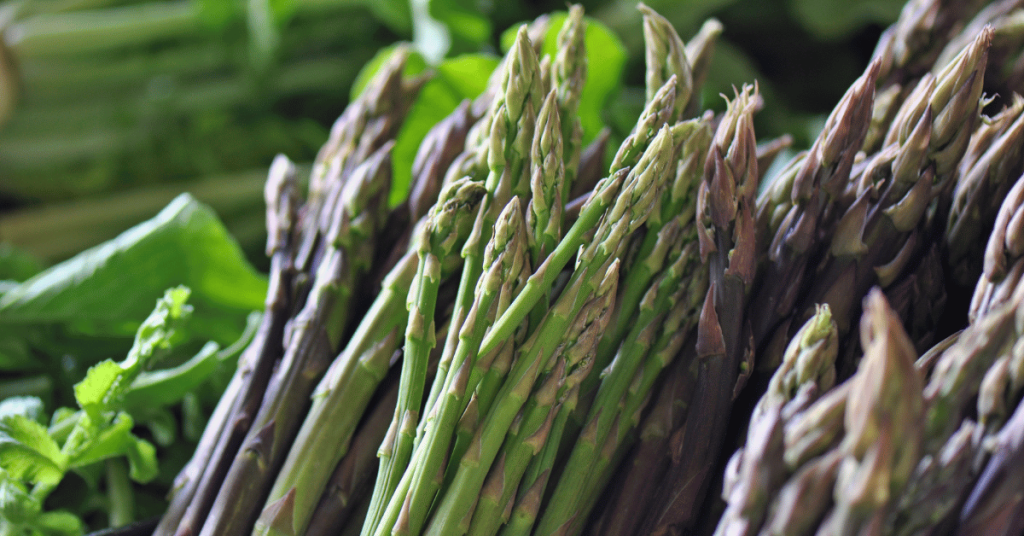
Types of vegetables for a hugelkultur bed
When creating a hugelkultur bed, it’s essential to choose the right vegetables that will thrive in this unique environment. In this article, we will explore the types of vegetables suitable for a hugelkultur bed and provide tips on how to care for them.
- Leafy Greens: Lettuce, spinach, and silverbeet are all excellent choices for a hugelkultur bed. These plants can be grown anywhere they receive ample light and are easy to harvest.
- Cruciferous Vegetables: Cabbage, cauliflower, Brussels sprouts, and broccoli are part of the cruciferous family. They can also be grown in a hugelkultur bed, as long as they receive enough sunlight.
- Marrow Vegetables: Pumpkin, cucumber, and zucchini thrive in warmer conditions, so place them near the warmest part of the bed, where heat is generated from the composting process.
- Root Vegetables: Potatoes, sweet potatoes, and yams may not be ideal for hugelkultur beds during the first few seasons due to the possibility of getting stuck in the branches. However, they can be used for shade and soil improvement.
- Edible Plant Stems: Celery and asparagus are both suitable options for a hugelkultur bed.
- Alliums: Onions, garlic, and shallots can be planted throughout the bed and even used to protect other plants from pests.
Depending on the shape of your
Root vegetables and hugelkultur system
It may be wise to avoid planting root vegetables in a hugelkultur bed during the initial seasons. This is because they might become entangled in the branches and other organic materials within the mound, making it difficult to harvest the entire crop. However, potatoes can serve as a useful addition to hugelkultur gardens, as they help provide shade and improve soil quality.
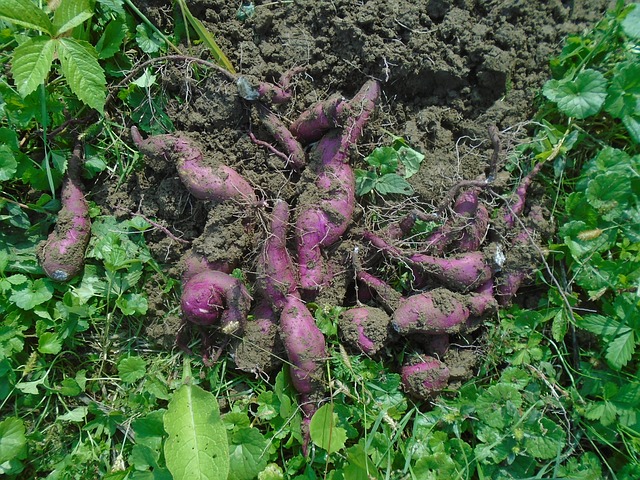
Allium plants in a hugelkultur bed
Allium plants, like onions and garlic, can easily be planted all over the
Onion: repels rabbits, the cabbage looper, and the Small White butterfly
Leek: repels carrot fly
Garlic: repels root maggots, cabbage looper, Mexican bean beetle, and peach tree borer.
https://en.m.wikipedia.org/wiki/List_of_pest-repelling_plants
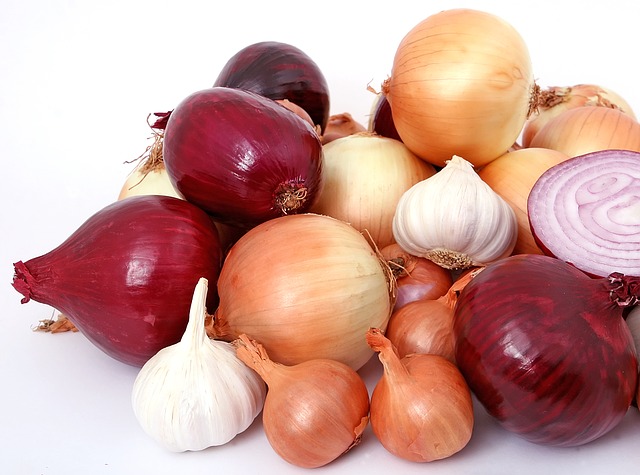
Marrow Vegetables in a Hugelkultur Bed
Plant marrow vegetables in areas where the composting process generates the most heat beneath the soil, as they thrive in warmer conditions. However, if you live in an already warm climate, you may not need to prioritize heat generation when choosing their location in the garden.
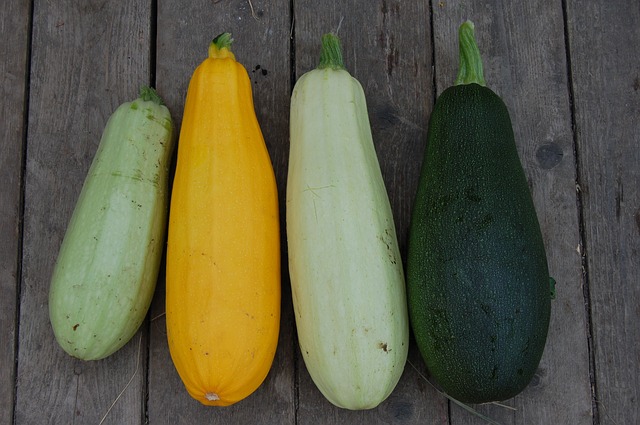
Optimal Placement for Leafy Greens and Cruciferous Plants in a Hugelkultur Bed
Leafy greens and cruciferous plants can be planted in most areas of a hugelkultur bed, provided they receive adequate sunlight and are easily accessible for regular harvesting. Many varieties, such as different types of lettuce, benefit from continuous harvesting over an extended period. To maintain plant health and minimize pests, promptly remove dying leaves and add them to your compost pile. Avoid leaving decomposing leaves near your vegetables, as they can attract slugs and other unwanted critters that may feast on your plants after consuming the decaying foliage.
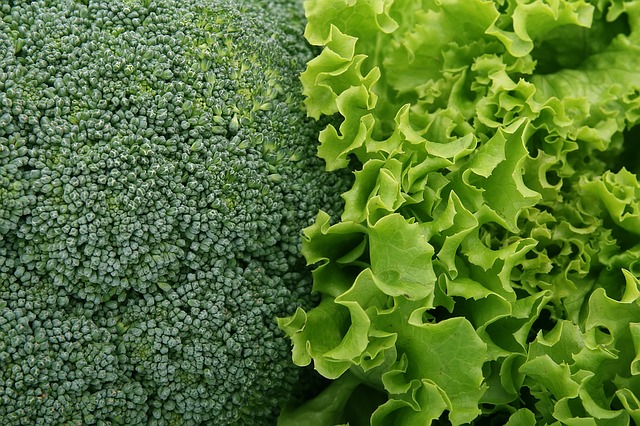
Caring for Your Hugelkultur Perennials
Perennials are plants that grow for multiple seasons, making them an essential part of any hugelkultur garden. Here are some tips to ensure they remain healthy and productive:
- Choose healthy plants: The best preventive measure is to buy the healthiest plants you can find. Avoid those that show clear signs of disease, fungus, or even the presence of insects. A healthy plant will stand a much better chance of coping with any issues that arise later.
- Disease-resistant varieties: Look for disease-resistant varieties of perennial plants, which have been specially bred for resistance to diseases and insects. Through selective breeding, plant breeders have developed varieties that can survive many common garden problems.
- Avoid monoculture: Plant different varieties of a particular perennial to reduce the risk of losing them all to disease or pests.
- Check for signs of trouble: Monitor your plants closely during the first season, especially if they have been transplanted.
- Water correctly: Water the roots rather than the leaves to avoid the risk of mold or bacteria.
- Post-growing season care: Prune and mulch your perennials according to their specific needs.
By selecting the right vegetables for your hugelkultur bed and following the tips outlined above, you can create a sustainable and productive garden that supports local ecosystems and provides fresh, healthy produce.
Preventive measures
Ensuring the health and resilience of your perennials in a hugelkultur garden starts with selecting the right plants. Choose plants that show no signs of disease, fungus, or insect infestation, as a healthy plant is more likely to withstand future challenges and thrive in your garden.
Additionally, consider opting for disease-resistant varieties of perennial plants when possible. These specially developed varieties have been selectively bred to survive common garden issues, making them an ideal choice for a sustainable and productive hugelkultur garden. By starting with healthy, disease-resistant plants, you can set the foundation for a successful garden that supports local ecosystems and provides fresh, healthy produce.
Diversifying Your Garden and Monitoring Vegetables
In a hugelkultur garden, it’s essential to maintain diversity by planting different varieties of vegetables. Avoiding monoculture, or growing a single variety, can help protect your garden from potential threats like disease or pest outbreaks. By incorporating a range of genetically diverse plants, you create a more resilient and sustainable garden ecosystem.
Regardless of whether you’re growing perennials or annual vegetables, the first season is crucial as plants need to adapt to their new environment, especially if they have been transplanted. It’s important to monitor them regularly for any signs of trouble. You can do this during routine garden maintenance, such as weeding or watering, or incorporate it into another daily activity. The key is to find a routine that works for you and your specific gardening practices. By keeping a close eye on your vegetables, you can address any issues early on, helping to ensure the success and sustainability of your hugelkultur garden.
What about herbs?
If you’re interested in growing herbs in Hugelkultur beds, check out our article on which herbs to plant in Hugelkultur beds. With the right combination of vegetables and herbs, you can create a sustainable and diverse garden that provides fresh produce and herbs year-round

